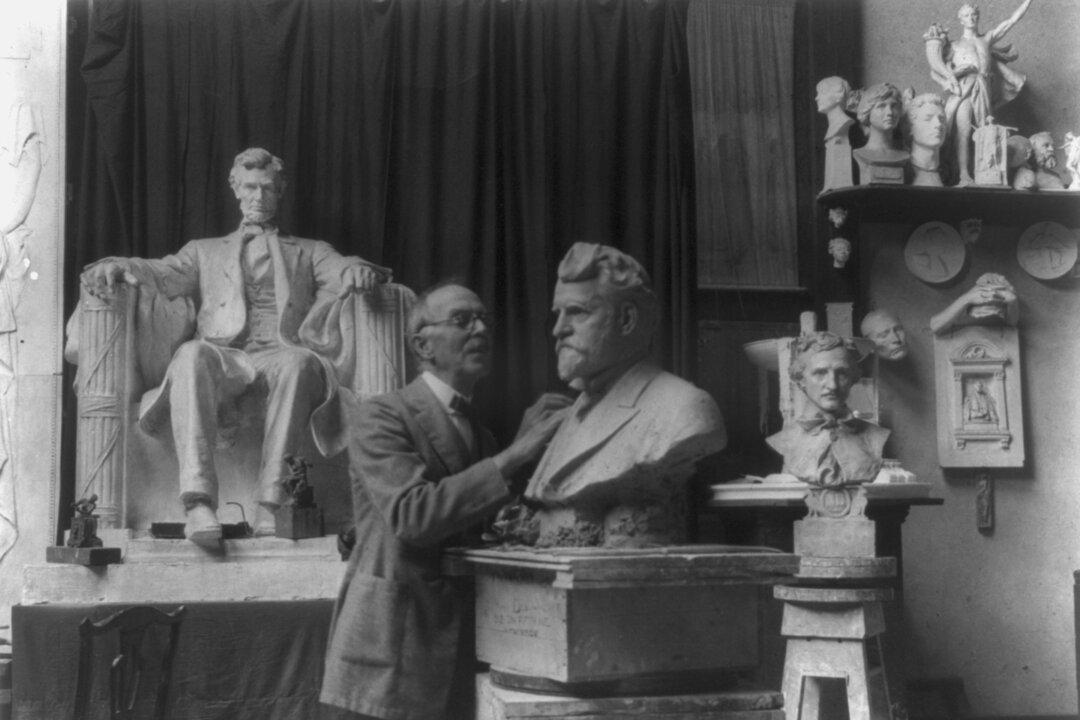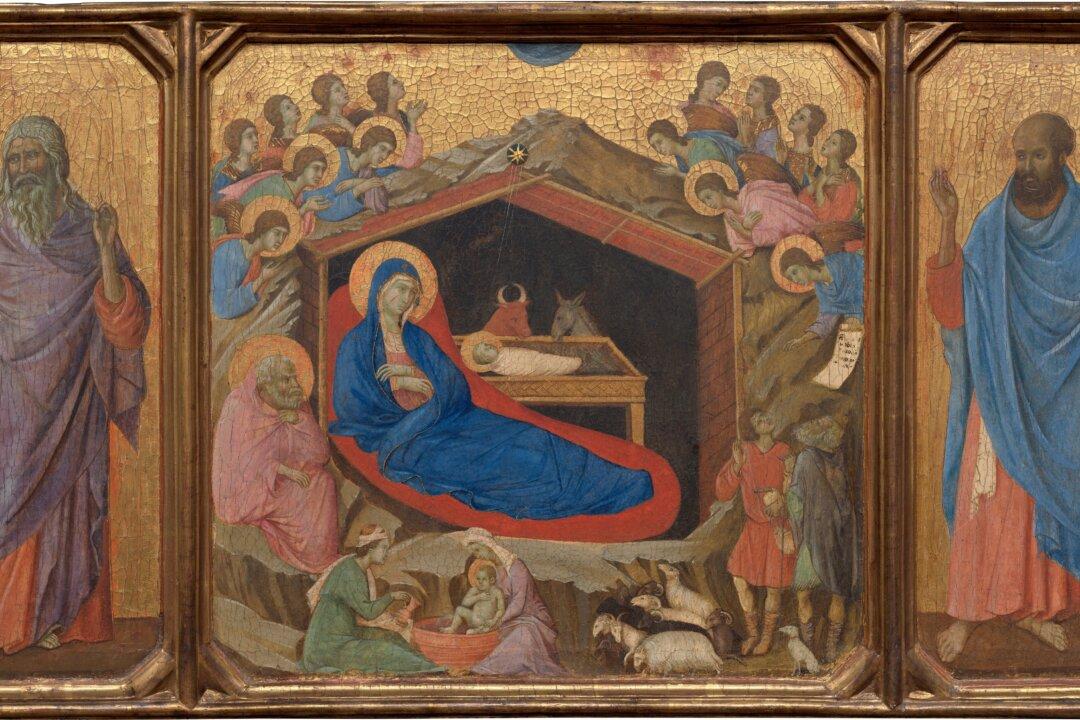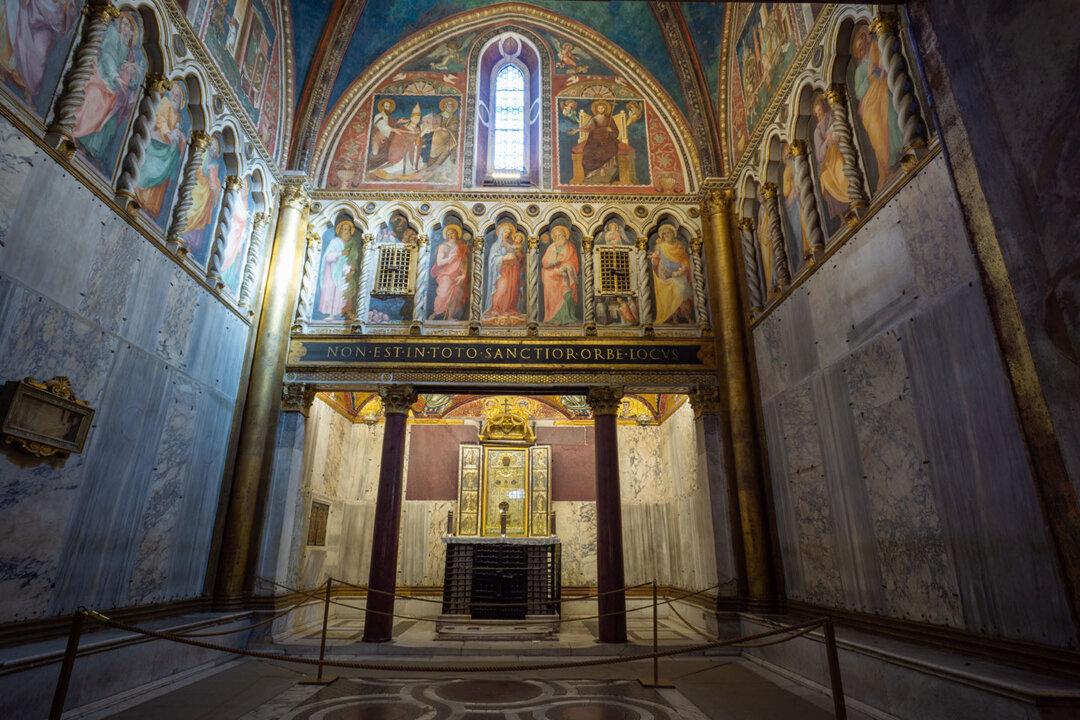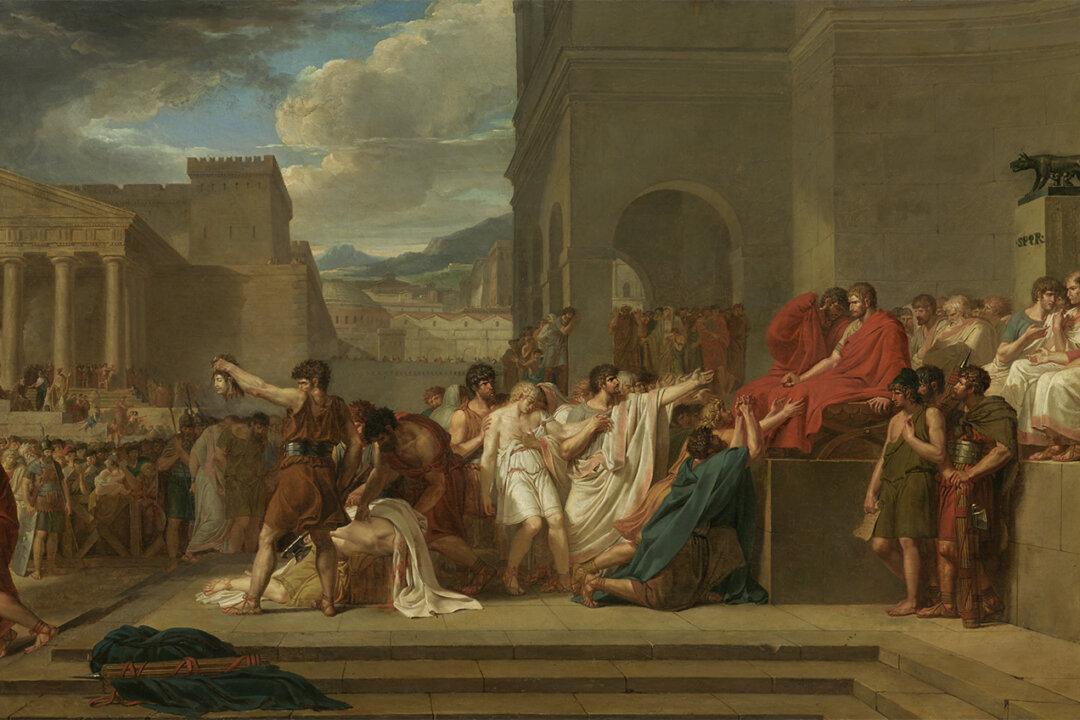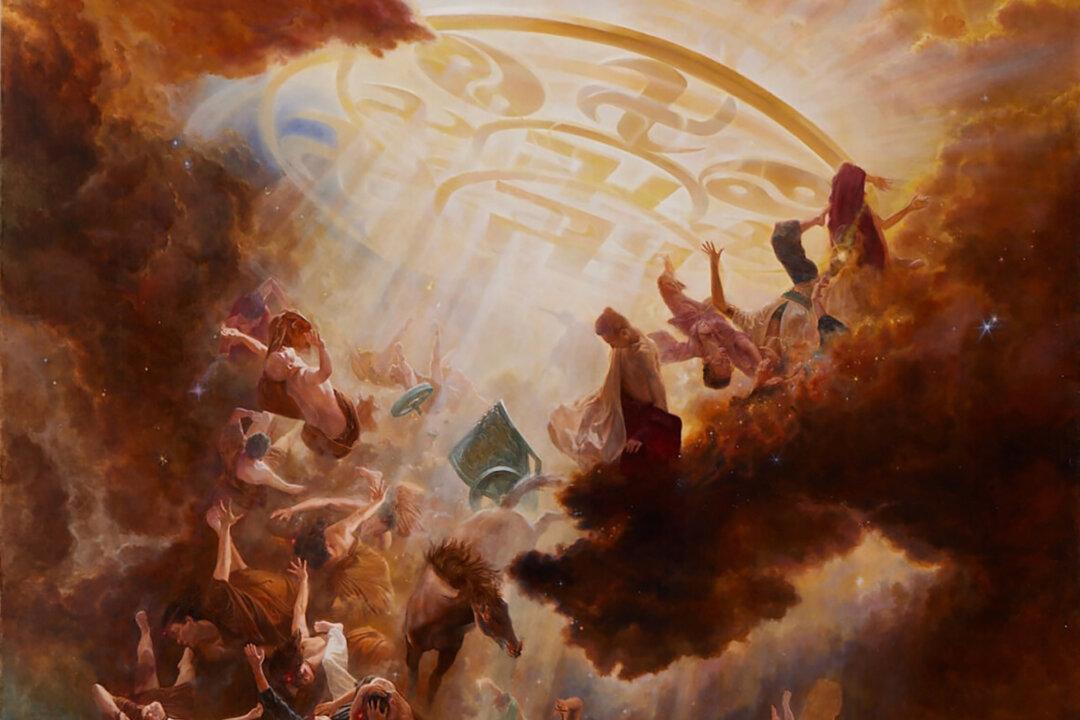Since its official dedication on May 30, 1922, the monumental seated statue of Abraham Lincoln has become one of our country’s most iconic images—a symbol of America. For many, this is the image we associate with the beloved president: the eminent figure whose heroism impressed itself upon American history in a critical time of national crisis. Yet few of us today are familiar with the humble sculptor who took on the challenging task of commemorating the great leader.
Daniel Chester French was at the height of his artistic career when he designed the Lincoln statue. Born in New Hampshire and raised in Massachusetts, he spent his childhood between Cambridge and Concord. These two intellectual capitals of New England were cultivated by such literary giants as Henry Wadsworth Longfellow, Ralph Waldo Emerson, and Henry David Thoreau.

